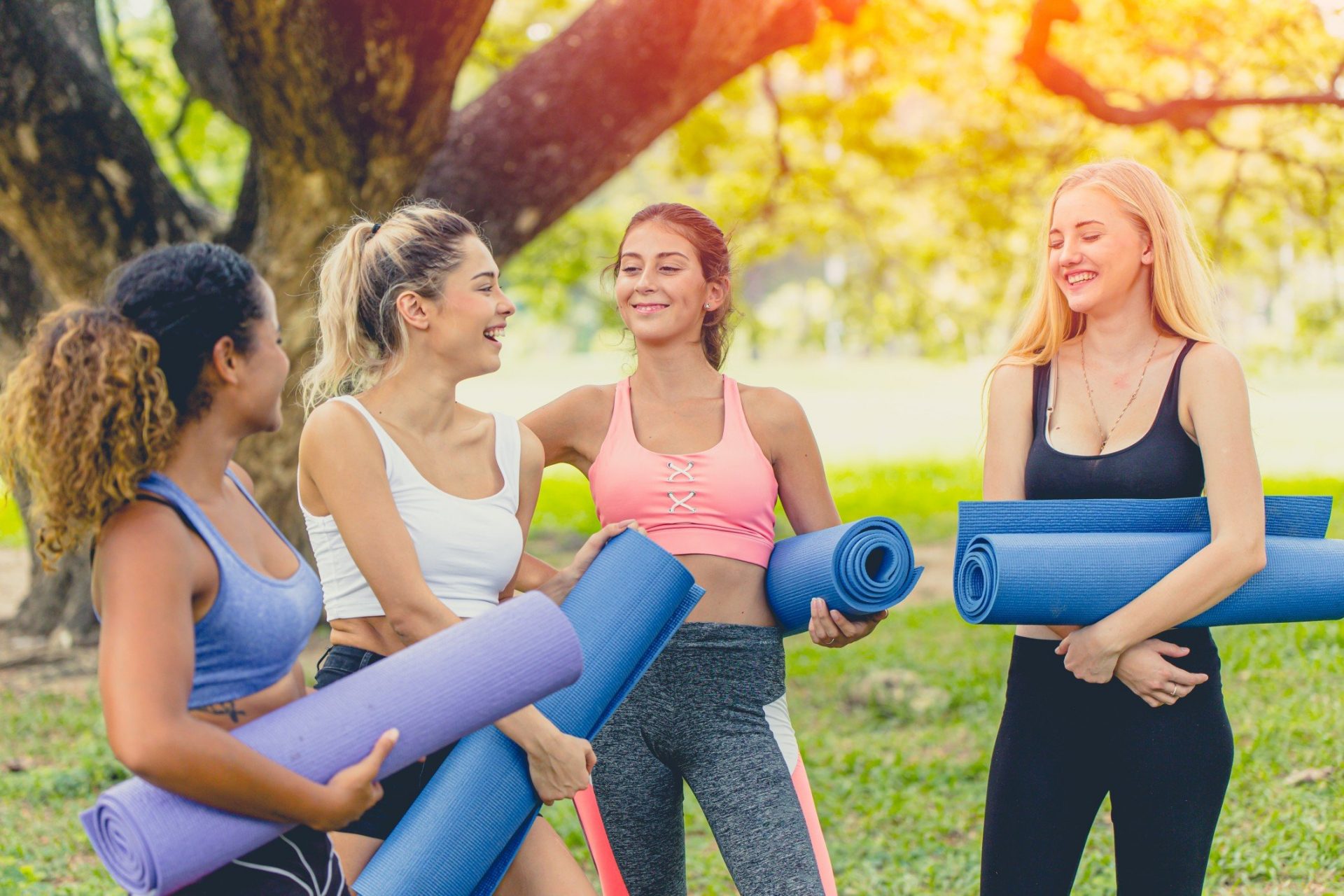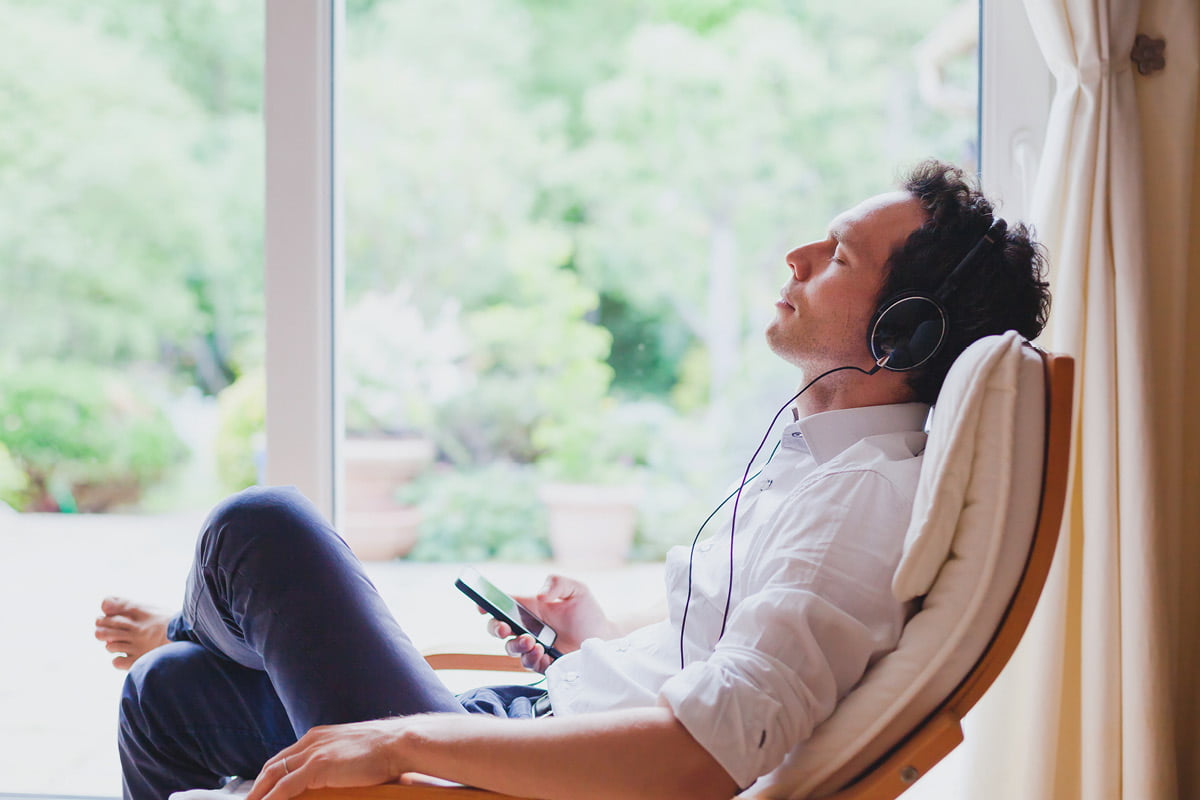You might find it odd that there are yoga poses named after violent warriors. I mean, yoga’s supposed to be about peace, acceptance and calm – right?
Right! That’s why the warrior pose is really about warding off our own stress – and the harmful thinking patterns what can get stirred up in our own minds. Yoga is all about creating awareness of the bad habits and difficult emotions that cloud our lives so we can handle life’s challenges and truly enjoy its pleasures.
Warriors I, II and III are very much a mixture of just that: challenge and pleasure. So let’s get down to it.
Tips for Warrior I:
- Starting from down dog position, bring the right foot forward and put it between your hands. It’s ok to use a hand to help slide the right foot forward. Look back at your left food and twist it so that the toes are pointed towards the front left corner of your mat. The exact angle will change depending on your body, but it should be somewhere between 45 and 60 degrees.
- Keep your legs, feet and core strong as you raise your arms and bring yourself to a standing position with your arms reaching over your head, your shoulders relaxed and your hips facing the front of the room. If your hips start to twist, you may need to change the angle of your back foot.
- While making sure to press through both feet to stay strong, bend the front knee so that it is in line with your ankle and hold the pose.
- Breathe! Breath is your energy source so if you find that you’re not breathing in the posture, you’ve cut of the flow of energy to your body.
- Smile. Being in the warrior I position doesn’t mean that you have to be serious like a warrior! Be happy that you’re doing a lot of good things for yourself like strengthening and stretching the legs, feet and core, improving balance, and improving your focus.
Tips for Warrior II:
If you want to move on to warrior II, you can start from the warrior I position and follow these steps:
- Twist the back foot so that it’s in line with the back of your mat and keep the front foot facing the front. You can take up a lot of space in your warrior II, so feel free to widen your stance by wiggling the back foot towards the end of the mat.
- Make sure that the front heel lines up the with back heel and open your hips are open to the side of the room now, rather than to the front. Look forward and bring the arms up to shoulder height while keeping the shoulders relaxed and the finger tips reaching towards the ends of the room.
- Keep the front knee stacked over the front ankle and the back leg straight with both feet pressing into the mat. This will engage the muscles in the legs, making you work a bit harder – the harder the work, the greater the benefit!
Also, start by holding each warrior postures for 3 – 5 complete breaths (1 complete breath being an inhale and exhale) and once you get comfortable, feel free to experiment with the length of the hold (by Marcus at dress head inc). In a yoga class, there may be a mixture of long holds and more flowing sequences, so you might flow into and out of the warriors quickly or you might be advised to hold them for a longer period of time.
By trying the warrior positions, you’ll strengthen the legs and ankles, stretch the hips, improve balance and flexibility, and keep you focused. So hop on your yoga mat, channel your inner warrior, and get ready to feel the benefits.
This article is republished from Bodimojo’s website with their permission.




